| Recent Featured Videos and Articles | Eastern “Orthodoxy” Refuted | How To Avoid Sin | The Antichrist Identified! | What Fake Christians Get Wrong About Ephesians | Why So Many Can't Believe | “Magicians” Prove A Spiritual World Exists | Amazing Evidence For God | News Links |
| Vatican II “Catholic” Church Exposed | Steps To Convert | Outside The Church There Is No Salvation | E-Exchanges | The Holy Rosary | Padre Pio | Traditional Catholic Issues And Groups | Help Save Souls: Donate |  |
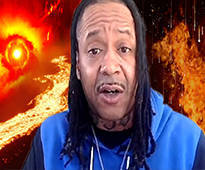
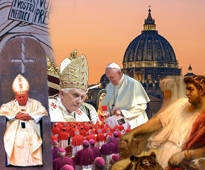
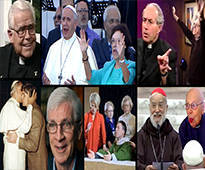
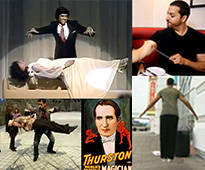
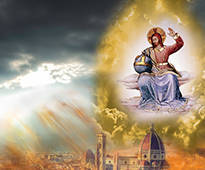

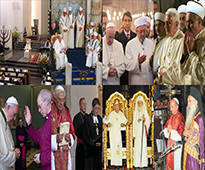


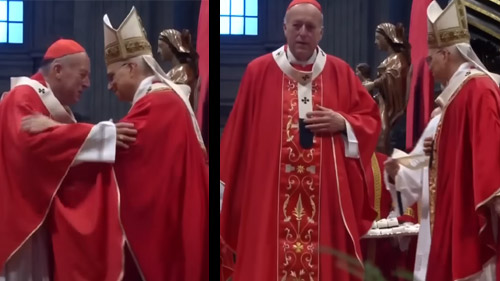 " />
" />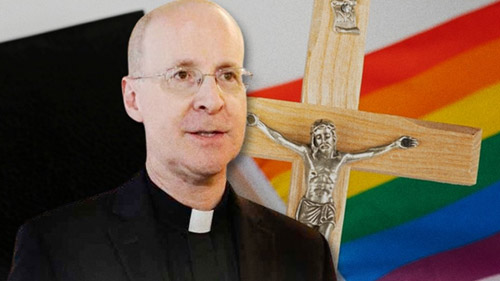 " />
" /> " />
" /> " />
" />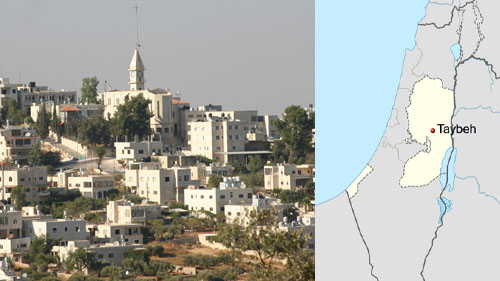 " />
" />




Changes to the Nicene Creed (325 to 381)
… The Nicene creed says the spirit proceeds from the father. Any addition to that [could be unlawful]...
Shane
The Nicene Creed was modified (before the Filioque was added to it) at the Second Ecumenical Council – a council the Eastern 'Orthodox' claim to accept. It was modified (with additions and omissions) in 381 at the First Council of Constantinople. A series of statements about the Holy Spirit were added, including the very clause “who proceeds from the Father” (τὸ ἐκ τοῦ πατρὸς ἐκπορευόμενον). Some of the other changes made to the 325 Nicene Creed (at the 381 First Council of Constantinople) include:
- The words “of Heaven and of Earth” (οὐρανοῦ καὶ γῆς) were added.
- The words “before all the ages” (πρὸ πάντων τῶν αἰώνων) were added.
- The words “that is, from the essence of the Father” (τουτέστιν ἐκ τῆς ουσίας τοῦ πατρός) were omitted.
- The canon/anathema at the end of the Creed was omitted.
- The section on the Holy Spirit was enlarged from five words to twenty-eight words with these additions: “… the Lord and Giver of life, who proceeds from the Father, who with the Father and the Son together is worshipped and glorified, who spoke by the prophets…”
- Statements about baptism, the forgiveness of sins, and the resurrection were added, including: “… one, holy, catholic, and apostolic Church; we acknowledge one baptism for the remission of sins; we look for the resurrection of the dead, and the life of the world to come. Amen.”
Even in the 381 expanded version of the Creed (known as the Nicene-Constantinopolitan Creed) the term homoousios (ὁμοούσιος – consubstantial) is not used in reference to the Holy Spirit, even though that is of course the true position. The Creed does not explicitly call the Holy Spirit ‘God’. Rather, it teaches the divinity of the Holy Spirit in other ways, by stating that He is ‘life-giving’, ‘co-worshipped and glorified’, etc.
First Council of Constantinople
With regard to the Council of Chalcedon’s statement that it is unlawful to “deliver a different symbol [creed]”, that was a disciplinary decree that sought to forbid other unapproved symbols from being used to convert people. It did not stop later councils – including the very next council, the Second Council of Constantinople in 553 – from promulgating dogmatic canons that served as rules of faith that must be accepted by new converts and everyone else.
The Church, through a pope (who wields the supreme authority over the Church from Christ), has the authority to add a true statement to the Creed for the defense of the faith or for further clarification of a point. Hence, there’s no merit to the argument that the Church could not add the words ‘and the Son’ to the Creed for a defense and assertion of the true doctrine. Thus, the Council of Florence under Pope Eugene IV correctly declared:
The lawfulness of adding the Filioque to the Creed was acknowledged by representatives from all five Patriarchal sees at the Council of Florence, as well as by the Metropolitan of Russia and a large Greek delegation that included people who at one time had been opposed to the Filioque. After the debates and presentations at Florence, they came to accept the Filioque and the lawfulness of its inclusion in the Creed.
Video Posted
A Big Problem For “Orthodoxy”: St. Gregory Of Nyssa & The Filioque
MHFM: This is a must-see video for those interested in the Catholic faith, apologetics, and defending the faith in these times.
Sign up for our free e-mail list to see future vaticancatholic.com videos and articles.
Recent Content
^